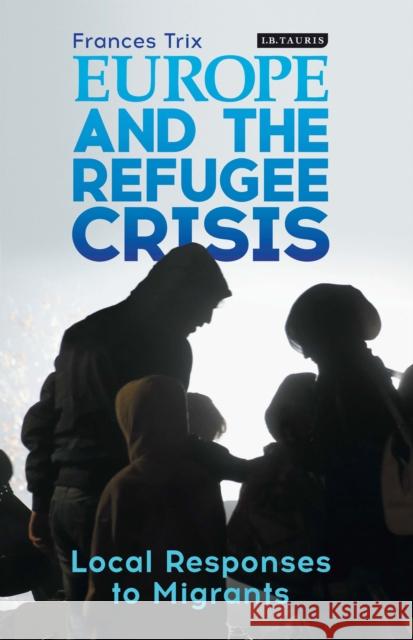Europe and the Refugee Crisis: Local Responses to Migrants » książka
topmenu
Europe and the Refugee Crisis: Local Responses to Migrants
ISBN-13: 9781784539931 / Angielski / Twarda / 2019 / 288 str.
Europe and the Refugee Crisis: Local Responses to Migrants
ISBN-13: 9781784539931 / Angielski / Twarda / 2019 / 288 str.
cena 612,36
(netto: 583,20 VAT: 5%)
Najniższa cena z 30 dni: 594,91
(netto: 583,20 VAT: 5%)
Najniższa cena z 30 dni: 594,91
Termin realizacji zamówienia:
ok. 30 dni roboczych
Bez gwarancji dostawy przed świętami
ok. 30 dni roboczych
Bez gwarancji dostawy przed świętami
Darmowa dostawa!
Kategorie BISAC:
Wydawca:
I. B. Tauris & Company
Język:
Angielski
ISBN-13:
9781784539931
Rok wydania:
2019
Ilość stron:
288
Waga:
0.47 kg
Wymiary:
21.84 x 14.22 x 2.79
Oprawa:
Twarda
Wolumenów:
01
Dodatkowe informacje:
Bibliografia
Obwoluta
Obwoluta











